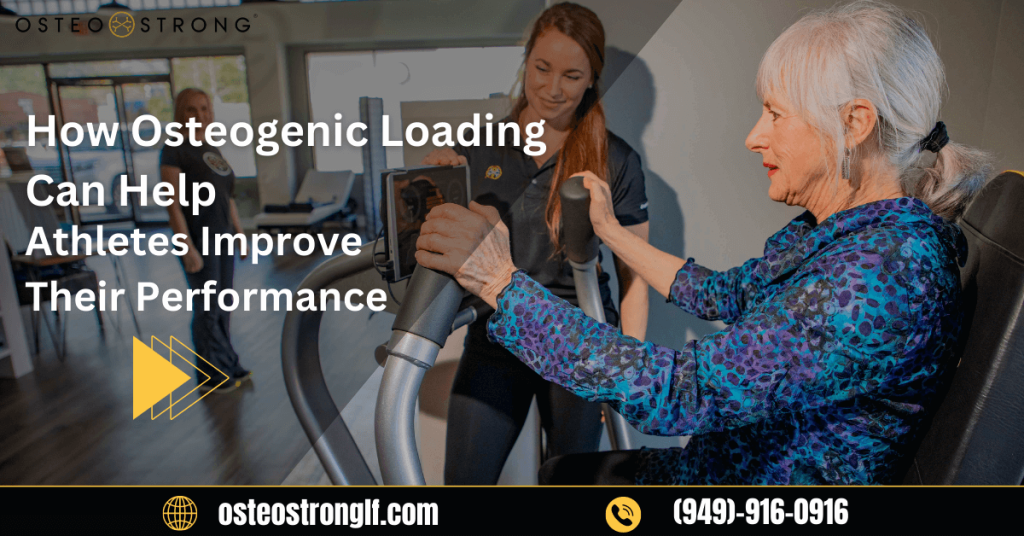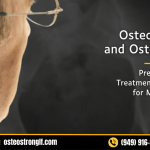
If you’re an athlete looking for a game-changing way to enhance your performance? Look no further because we’ve got an incredible solution for you. In this article, we’ll explore the science behind osteogenic loading and how it can help you improve your performance on the field, court, or track.
So, let’s dive in and discover the incredible benefits of this innovative training method.
what You Need to Understand About Osteogenic Loading
Before we dive deep into the specifics, let’s start with the basics of Osteogenic Loading. Basically, it is a revolutionary method designed to strengthen your bones and improve your overall performance. It involves applying specific forces to your skeletal system through short, intense bursts of weight-bearing activity. In simpler terms, it’s like supercharging your bones to become stronger, denser, and more resilient.
how does Osteogenic Loading work
The science behind it is that when you subject your bones to brief and intense impact, it triggers a response from your body known as “osteogenesis.” During this process, your bone cells go into overdrive, producing new bone tissue and reinforcing existing structures. As a result, your bones become more resistant to injuries, fractures, and stress fractures that often plague athletes.
Why Should Athletes Embrace Osteogenic Loading?
Athletes should embrace osteogenic loading because it offers several benefits that can enhance their performance and overall well-being. Osteogenic loading refers to a specialized form of exercise that targets the skeletal system to stimulate bone growth and density. With that in mind, here are some reasons why athletes should consider embracing osteogenic loading:
Enhanced Strength and Power:
As an athlete, you know that strength and power are crucial for excelling in your sport. Osteogenic loading targets the skeletal system directly, helping you develop stronger and denser bones. When your bones are robust, they can better withstand the demands placed on them during training and competitions. This increased strength translates into improved athletic performance, enabling you to run faster, jump higher, and tackle challenges head-on.
Injury Prevention:
Injuries are every athlete’s worst nightmare. Osteogenic loading offers a proactive approach to minimize the risk of injuries. By fortifying your bones, this method acts as a natural armor, reducing the likelihood of fractures and stress injuries. With stronger bones, you can push yourself harder, confident in your body’s ability to handle the strain.
Quicker Recovery:
Athletes often push their bodies to the limit, leading to muscle soreness and fatigue. Osteogenic loading can expedite your recovery process. By strengthening your bones, it helps alleviate the stress on your muscles and connective tissues, allowing for faster healing and rejuvenation. This means less downtime and more time doing what you love.
Enhanced Performance Factors:
The improved bone density achieved through osteogenic loading positively impacts other aspects of your performance. It enhances your body’s ability to absorb impact and dissipate force, reducing the strain on your joints and muscles. This, in turn, leads to improved agility, balance, and stability, giving you a competitive edge in your chosen sport.
Adding Osteogenic Loading to Your Training Routine
Incorporating osteogenic loading into an athlete’s training routine can be beneficial for improving bone strength, density, and overall bone health. With that in mind, here are some key considerations when incorporating osteogenic loading into your athlete’s training routine:
Consult with a professional
Understand the athlete's needs
Gradual progression
Weight-bearing exercises
Plyometric training
Resistance training
Balance and coordination training
Proper technique and form
Rest and recovery
Regular monitoring
Strong Bones for Strong Performance – Only at OsteoStrong
Athletes should take into consideration that Osteogenic loading is the game-changer you’ve been waiting for. By strengthening your bones, it boosts your strength, improves your resilience, and enhances your overall performance. Whether you’re a sprinter, a basketball player, or a weightlifter, osteogenic loading can take you to the next level.
So, if you’re an athlete looking to unleash your full potential and make osteogenic loading a part of your training regimen, look no further than OsteoStrong – stronger bones mean a stronger you!





